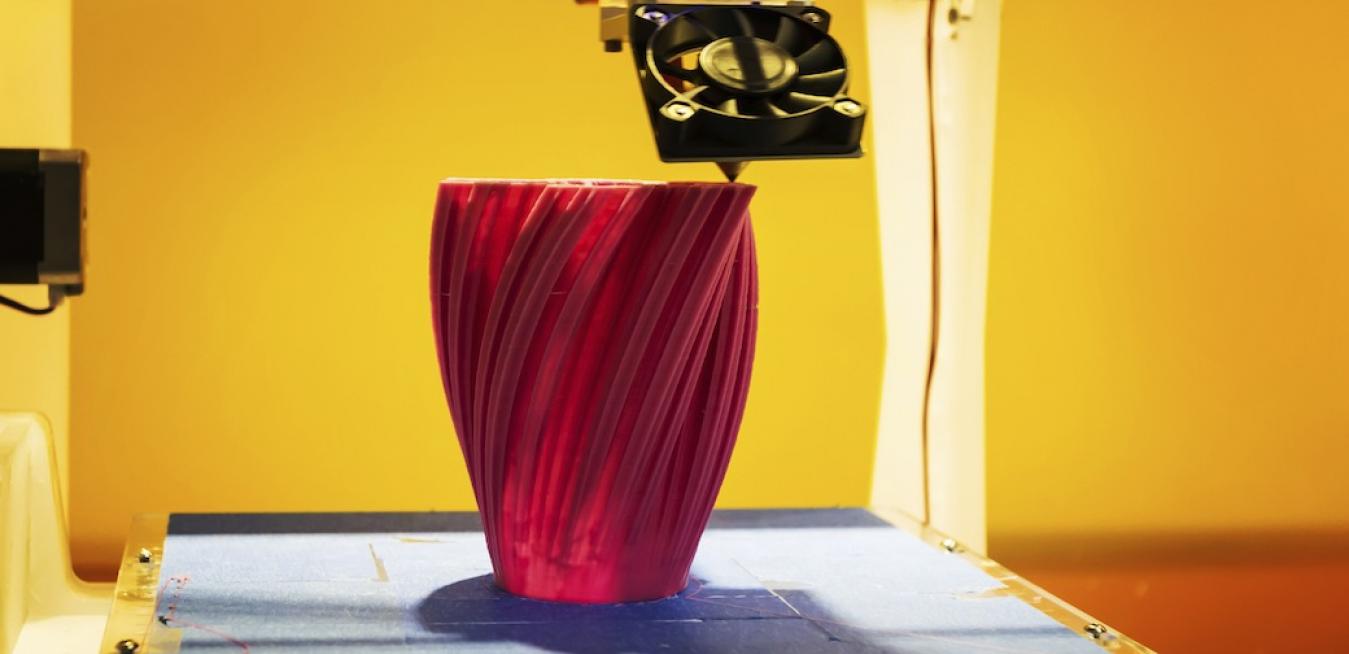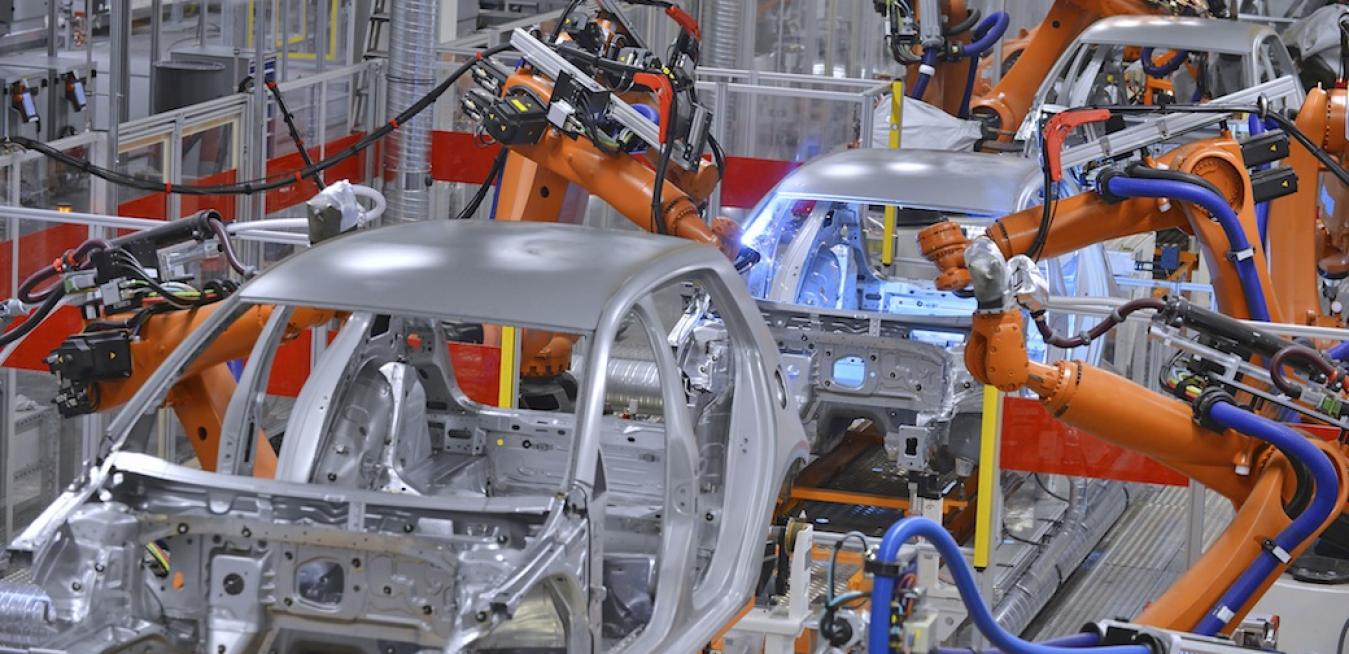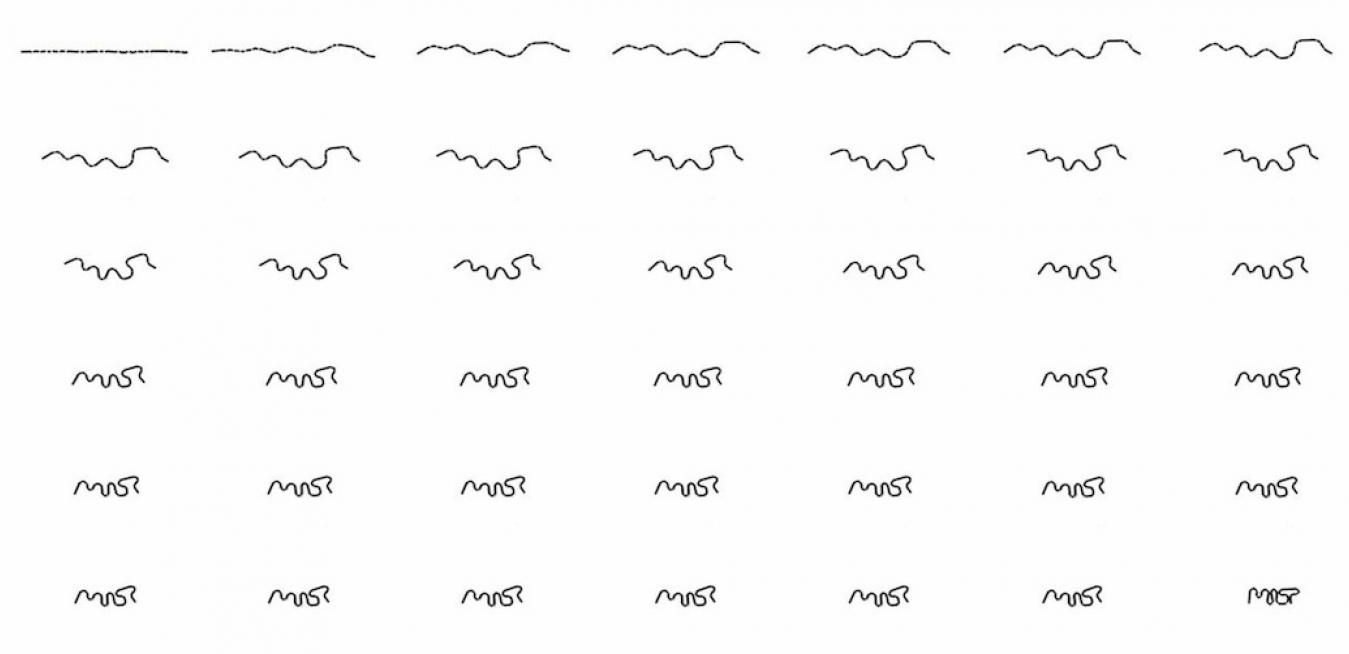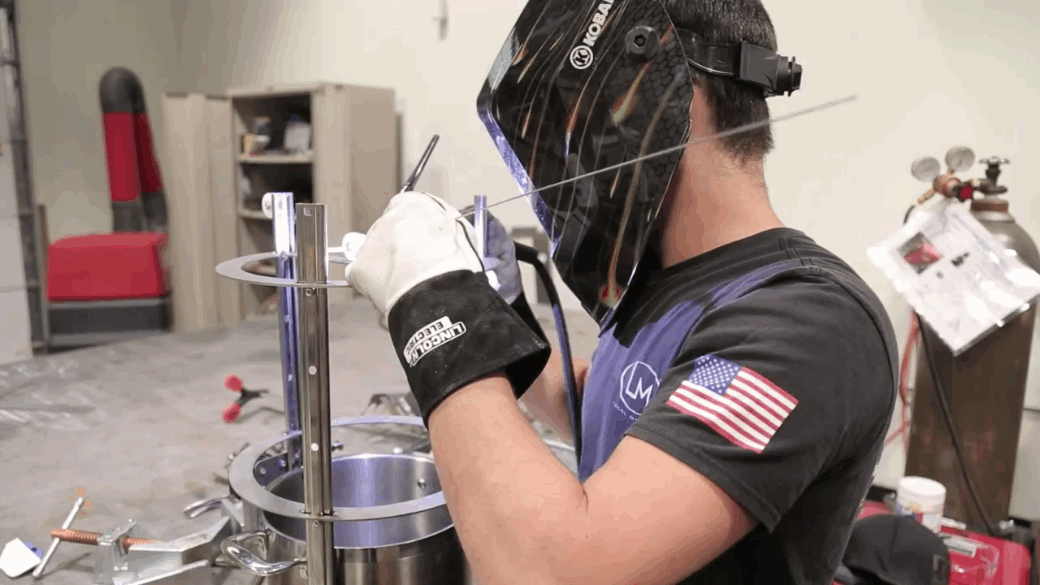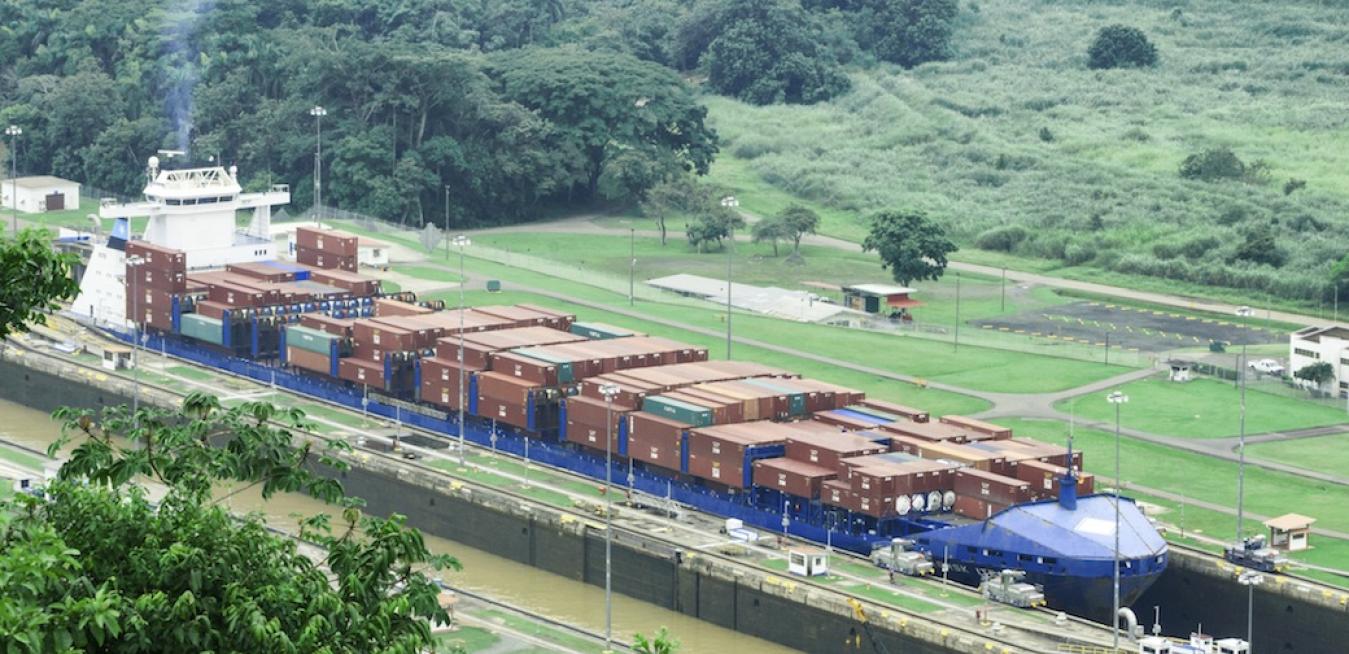Pumps & Pipes shows how collaboration across different industries can lead to unexpected solutions.
On a flight out of Houston eight years ago, cardiovascular surgeon Dr. Alan Lumsden and fellow passenger Zeljko Runje, a drilling engineer with ExxonMobil’s Sakhalin 1 Project in Russia, began speaking about their respective professions. The pair realised that, whether drilling for oil or performing heart surgery, it was all a matter of pumps and pipes.
Disruptive innovation requires more than prototypes and patents. Companies need cost-effective access to the resources they need to make their concepts commercially viable.
Not too long ago, America was the world leader in pushing projects through the development pipeline, from basic R&D all the way to a finished product that could be marketed to consumers on a massive scale.
In fact, they’re increasingly essential to the competitiveness of a country’s manufacturing sector.
There is good evidence that robots are a driver of economic growth, given new research by George Graetz and Guy Michaels showing the impact of automation technology in productivity statistics. But this raises a question: Has productivity growth from robots come at the cost of manufacturing jobs?
Innovations in 3D printing, wearable technology and Big Data are enabling a greater understanding of our own biology. Yet with opportunities come new challenges.
Who are we? That unresolvable question may increasingly give way to “What are we?” This is because we are fast entering a future where our biology is becoming more self-defined, assembled, manufactured and unique. Great disruptive technologies, in combination with enormous advancements in science, are shifting our understanding of our own biology. We are:
Renewables aren’t just about the climate — they’re also less volatile in terms of cost, unlimited in supply and widely available.
There’s no shortage of support programs for entrepreneurs. We need to make sure they’re effective in creating a global ecosystem that accelerates the next generation of scalable new business creation.
Trade secret theft costs U.S. businesses hundreds of billions of dollars each year. U.S. trade secrets laws need to catch up with technological changes to protect manufacturers in an increasingly complex and competitive global landscape.
Technology and digitization are increasingly important drivers of manufacturing innovation and competitiveness, but also create a host of challenges and vulnerabilities when it comes to trade secrets protection.
Plunging prices will force the offshore industry to make the most out of limited resources.
The offshore industry has been under a black cloud since the end of 2014, with the oil price crash bringing a seemingly interminable period of doom and gloom. No one can blame operators for the resulting project cancellations and exorbitant cost-cutting measures undertaken in recent months.






